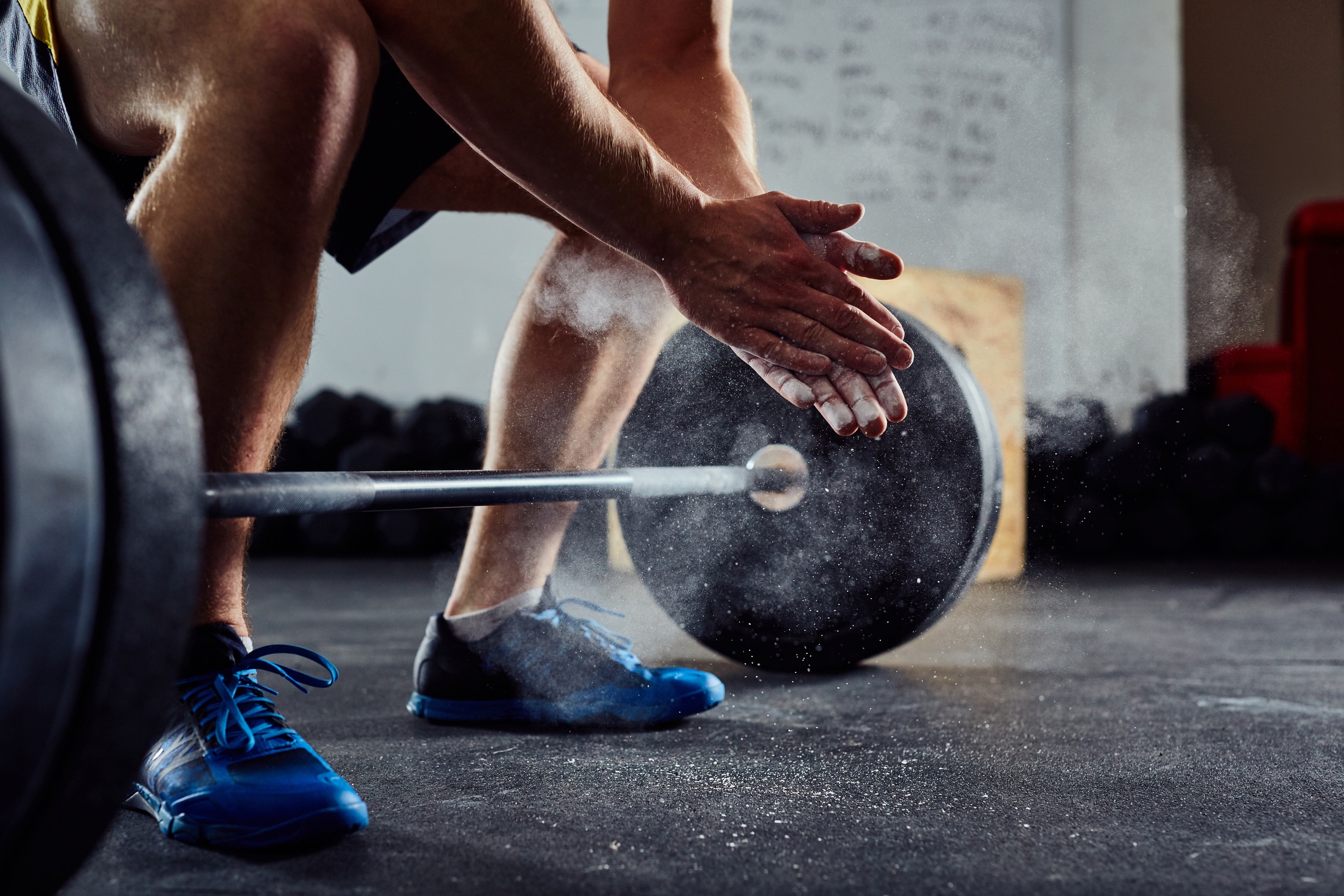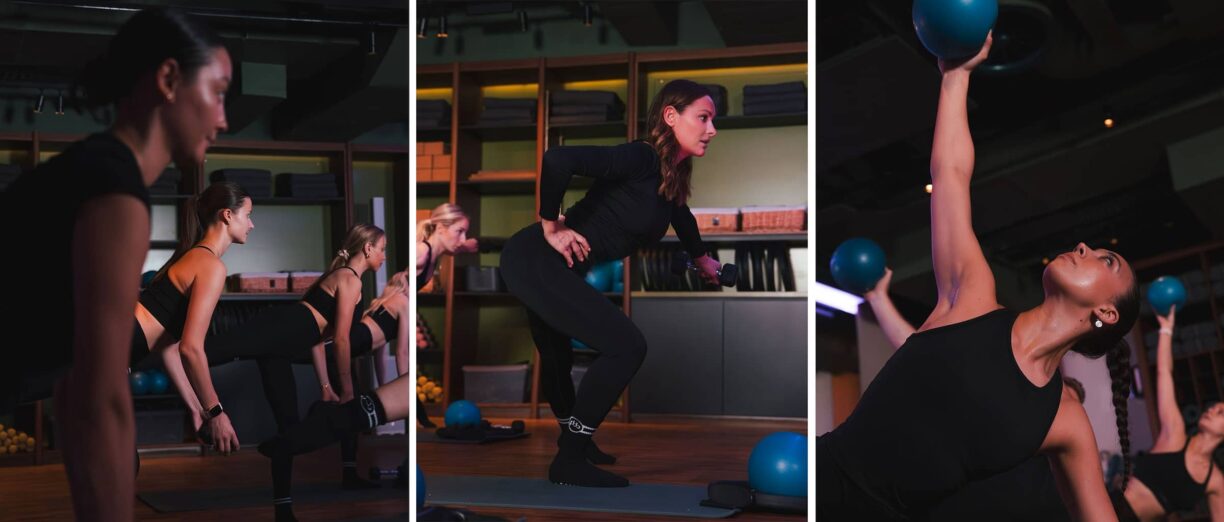THERE ARE many benefits to incorporating resistance-based exercises and weightlifting into your workout. Whether you want to build strength, shift stubborn body fat, or define your muscles, lifting weights is great for improving your overall fitness and wellbeing.
Nevertheless, lifting weights can be quite daunting, especially for those who are new to using weights or working out altogether.
It can also prove difficult determining how heavy a weight you should opt for, and how this differs depending on what type of exercise you’re doing.
To help those who are interested in taking up weight training, Dean Zweck, Product Development Manager at Total Fitness, has shared his top tips for finding the right weights for you.
Establish your Fitness Goals
First and foremost, you need to establish what goal you are looking to achieve by lifting weights – this will help you to decide how many repetitions of each exercise you should aim to complete. Consider whether you are aiming to build strength and muscle or hoping to improve your endurance.
If it is your muscle and strength that you want to build up, then opt for a low to medium number of reps per exercise, such as 8-14. For endurance training, a higher number of reps will work better, so aim for 16-20.
Regardless of how many reps you are completing, it is crucial that your weight challenges you so that the last few reps of your set are difficult to complete. Nevertheless, the weight shouldn’t be too heavy for you that it compromises your form, as this is when the risk of injury is more likely.
Understand the Exercise
There isn’t a one-size-fits all approach when it comes to weightlifting, and you will find that the range of weights you can lift varies quite significantly from one exercise to another.
Before picking up your weights, consider what type of exercise you are doing and what muscles you are targeting. Compound exercises, such as squats or chest presses, target more than one muscle group at a time.
This means you can often use a heavier weight than you could whilst completing an exercise that specifically targets one area in isolation, such as a bicep curl.
It’s no surprise that larger muscle groups, such as your hamstring, glutes, and chest, can withstand higher levels of resistance, so adapt your weight in accordance with this: for example, don’t use the same weight for a shoulder press as you would a deadlift.
Trial and Error
With a consideration of which muscles you are targeting and how many reps you are aiming to complete in mind, it’s time to start picking up your dumbbells, kettlebells or loading up your barbell.
Trial and error is key when it comes to finding the right weight for your workout, especially when you are new to lifting weights.
A general rule of thumb is to start reasonably light, such as 2kg – 5kg for upper body workouts and 8kg -15kg for lower body workouts. Try a couple of reps using a weight you think is appropriate for you – if you have no prior experience using weights, then start at the lower end of the range.
See how completing the reps feels and how comfortable you are with the weight and movement. If you think completing your set would be relatively easy with your current weight, then add on additional weight gradually.
If you are struggling to complete the first few reps you try, then opt for a lighter load. Ultimately, you are aiming to use a weight that will fatigue your muscle fully by the end of your set, but not from the outset.
Keep Pushing Yourself
The right weight for you now may not be the right weight for you in a few weeks, or even in a few days. When you train consistently, you will notice that you are able to increase your weight quite significantly, especially at the beginning of your fitness and weightlifting journey.
Once you reach the point when the last few reps of your workout are feeling comfortable, it’s time to switch to a heavier weight.
A good habit to get into is to keep a journal and write down the reps you have done and weights you are using for each exercise, noting down how your body is responding the workout.
If you can complete all your reps and feel ok in the next couple of days it’s a signal to shift that weight up. Whilst everyone has off-days at the gym, hopefully, your journal will highlight when the workout is no longer challenging your strength or endurance.
There is no set time frame for when you need to shift to a heavier weight – the adaptation process for each person is completely different. It’s important to listen to your body and not over-exert yourself unnecessarily.
So there you have it, the most important things you should consider when deciding what weight range is right for you.
Find out more about Total Fitness on their website.





